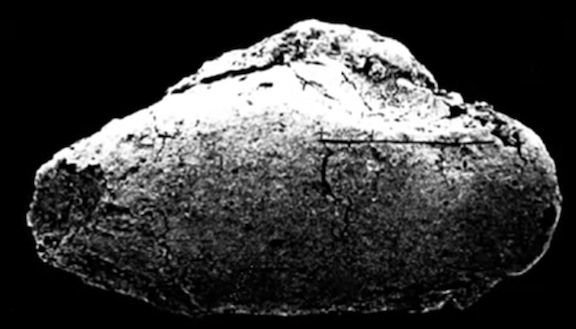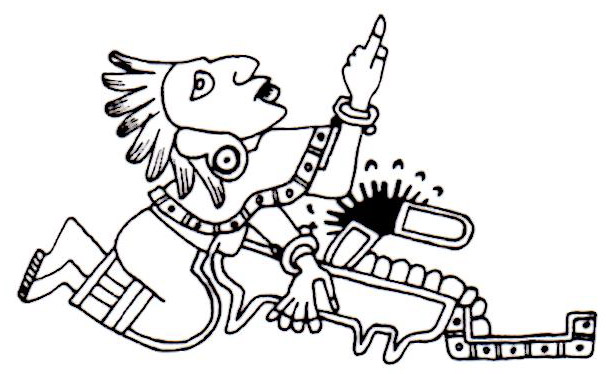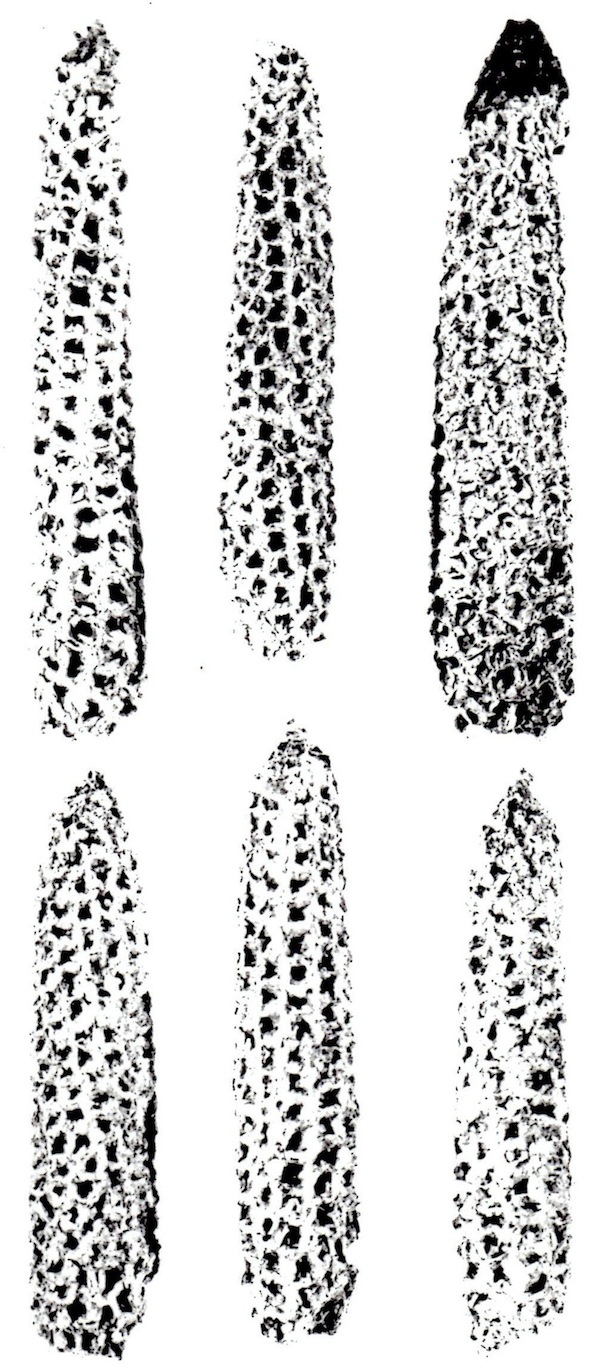Corn, Wheat, Barley, Neas, and Sheum?
"And we began to till the ground, yea, even with all manner of seeds, with seeds of corn, and of wheat, and of barley, and with neas, and with sheum, and with seeds of all manner of fruits; and we did begin to multiply and prosper in the land." (Mosiah 9:9)
"...for a measure of barley, and also for a measure of every kind of grain." (Alma 11:7)
"A...a measure of barley." (Alma 11:15)
"...we at this time do pay tribute to the king of the Lamanites, to the amount of one half of our corn, and our barley, and even all our grain of every kind, and one half of the increase of our flocks and our herds; and even one half of all we have or possess the king of the Lamanites doth exact of us, or our lives." (Mosiah 7:22)
----------------------
Just because every word in the Book of Mormon or the Bible has not had some supporting discovered archaeological evidence at this time and/or has been proved to be scientifically true by the world thus far. This does not mean that those historical scriptures are not true.
For example, in the past a common belief was that there was no pre-Columbus barley in the western Hemisphere. In 1887 M.T. Lamb, wrote;
“It is a somewhat stubborn fact that barley was never found upon either of these western continents until imported by Europeans in modern times!” (M.T. Lamb, The Golden Bible, 1887, 304)
In 1910 another critic of the Book of Mormon referring to the reference in the Book of Mormon, to barley, stated; “But where is the proof of this extraordinary assertion? It seems very probable that, if Americans had once had wheat and barley, they would not have given up their cultivation and use, and yet they were not to be found in America when the Europeans came.” He then noted that while ancient Pre-Columbian sites were known in Peru, Arizona and Ohio for example, “not a vestige of wheat or barley has ever been found” at any of these sites." (Charles Shook, Cumorah Revisited, 1910, 382-383)
----------------------
Barley
 << Barley Seed, Pre-Columbus
<< Barley Seed, Pre-Columbus
An article appeared in the 1983 December issue of Science, pp 28-37. The first discovery of barley in the New World was found in 1983 in Hohokam deposits in Phoenix, Arizona as a result of excavations carried out by Arizona State University. It is claimed that the Hohokam inhabited the area between 300 B.C. and 1450 A.D. Barley was first discovered in the Midwest during the Middle Archaic period, at two closely located sites. The earliest record came from the Koster North site in central west Illinois, and also Hordeum pusillum at the Napoleon Hollow site, both dating far into B.C. times, and that archaeologists are now finding barley in several sites all over North America—Arkansas, Iowa, Illinois, Missouri, North Carolina, Oklahoma, Wisconsin, and also in Mexico. The eastern Oklahoma and southern Illinois barley discovery has been, dated from 1 to 900 A.D. (Howard Stutz, “Updates,” Dec. 1984 (Provo, Utah: Foundation for Ancient Research and Mormon Studies).
---------------------
"Just last year “domesticated barley, the first ever found in the New World,” came out of digging in southern Arizona. This is particularly interesting since the Book of Mormon refers to barley in relation to Nephite money standards as though it was in common use. This example should communicate a message of caution to the intelligent reader and expert alike: both “facts” and interpretations change; what is absent today in the historical/ archaeological record may be supplied by tomorrow’s research." (Digging into the Book of Mormon: Our Changing Understanding of Ancient America and Its Scripture, Part 2, Ensign, Oct. 1984)
Additional Information:
Another look at Barley in The Book of Mormon, (FairMormon, by Tyler Livingston April 17, 2010)
<< Corn Cobs, Carbon date, back to 200B.C. to 800A.D.
<< These corn cobs were found at the..."Nal-Tel-Chapalote complex, in the San Marcos Cave."
"Kernels" of corn were also found in the "San Marcos Cave." ( Casas Grandes, A Fallen Trading Center of the Gran Chichimeca, by Charles C. Di Peso, p. 187 & 189)
 << Corn Grinding, Borgia Codex p. 9
<< Corn Grinding, Borgia Codex p. 9
"corn...maize or Indian corn...was...a staple in diets in most parts of native America." (BYU Harold B. Library, Book of Mormon Economy and Technology, by Peterson, Daniel C.)
"The valley of Tehuacán in Mexico is an important center of early Mesoamerican agriculture. To characterize the genetic constitution of the earliest phase of maize cultivation, we reexamined San Marcos cave in Tehuacán and sequenced DNA from three newly discovered maize samples dating at a similar age of 5,000 y B.P." The earliest maize from San Marcos Tehuacán, (National Academy of Sciences)
----------------------
Wheat
"Ancient grains include chia, a forgotten food of the ancient Aztecs; quinoa which originated in the Andean region of Ecuador, Bolivia, Colombia and Peru; triticum (wheat), in the form of einkorn, known today as farro in Italy, as a type of awned wheat and one of the first crops domesticated in the Near East. Other grains, acknowledged as gluten-free ancient grains are amaranth, eaten in Mexico since the time of the Aztecs; quinoa, sorghum, millet; and teff, the main ingredient in the stable fermented flatbread, injera, in Ethiopia. A description of modern wheat is presented together with each one of the above-mentioned grains." (Re-discovering ancient wheat varieties, ScienceDirect)
----------------------
Neas
"Neas has not been identifiable" at this time 2017. (Daniel C. Peterson, BYU Harold B. Library, Book of Mormon Economy and Technology)
----------------------
Sheum
"sheum" appears to be cognate with early Akkadian she-um, a grain probably of the barley type." (BYU Harold B. Library, Book of Mormon Economy and Technology, by Peterson, Daniel C.)
Book of Mormon Anachronisms Part 2: Flora and Textiles (Barley, Wheat, Silk, - Fair, The foundation for Apologetic Information & Research)
